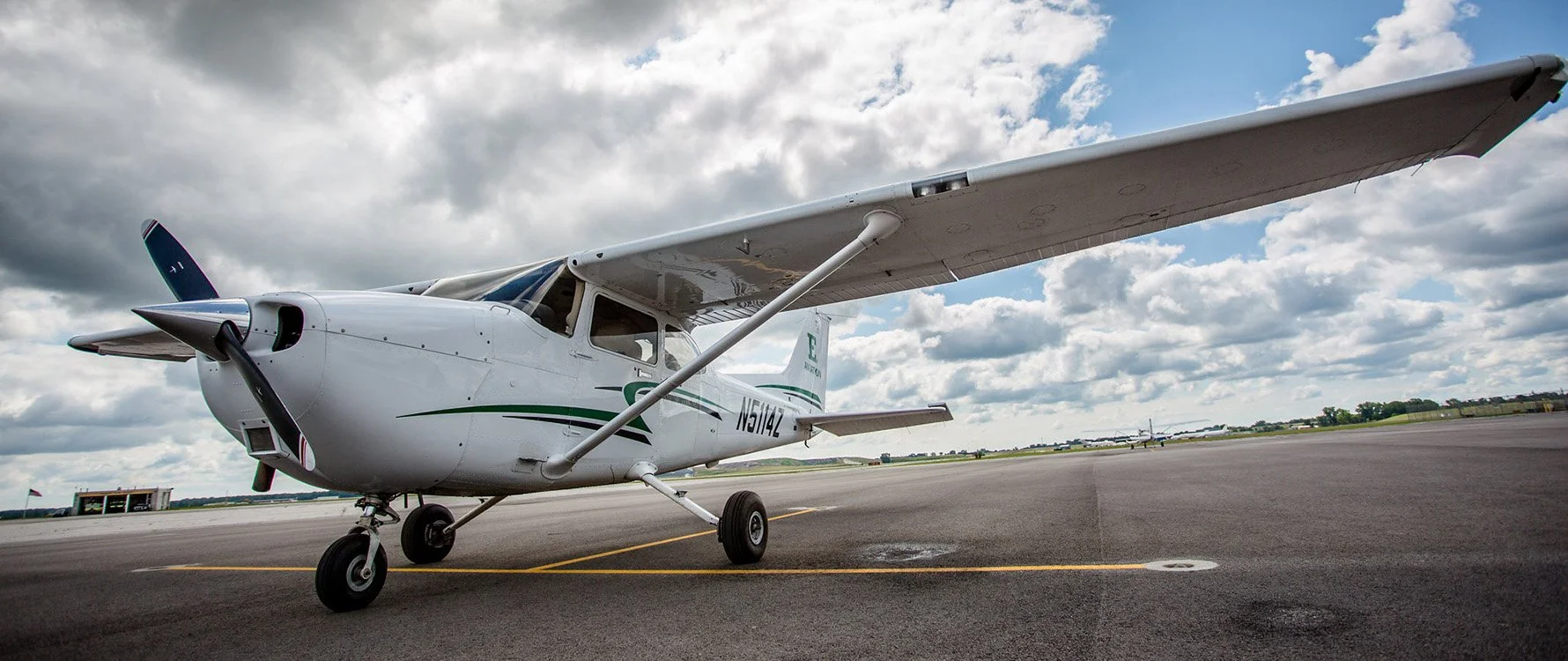Starting Your Flight Training Journey: What You Need to Know
Starting Your Flight Training Journey: What You Need to Know
Embarking on the journey to become a pilot is exciting and challenging. Before you take to the skies, there are several important things to consider. Here’s a comprehensive guide to help you get started with your flight training.
Choosing the Right Flight School
Accreditation: Ensure the flight school is accredited by the FAA or the relevant aviation authority. This guarantees that the school meets high standards of training quality.
Type of School: Understand the differences between Part 61 and Part 141 schools. Part 61 offers flexibility and a less structured program, ideal for part-time students. Part 141 has a more rigid curriculum, suitable for those who prefer a structured, full-time learning environment.
Reputation and Reviews: Research the school’s reputation by reading reviews from current and former students. Visit the school, talk to instructors, and get a feel for the environment.
Medical Certification Requirements
Medical Exam: Schedule an exam with an FAA-authorized aviation medical examiner (AME) to obtain a third-class medical certificate or higher. This certification ensures you meet the necessary health standards to fly.
Health Standards: Familiarize yourself with the physical and mental health requirements. This includes vision, hearing, and overall health standards necessary for certification.
Understanding Pilot Licenses and Ratings
Private Pilot License (PPL): This is your first step for non-commercial flying. It allows you to fly for personal and recreational purposes.
Instrument Rating (IR): This rating enables you to fly under instrument flight rules (IFR), which is crucial for flying in less-than-ideal weather conditions.
Commercial Pilot License (CPL): If you want to get paid for your flying services, you’ll need a CPL. It opens up opportunities for careers in aviation.
Multi-Engine Rating: Allows you to fly aircraft with more than one engine, expanding the types of planes you can operate.
Ground School Preparation
Course Content: Expect to cover essential subjects like navigation, meteorology, and aircraft systems. Ground school provides the theoretical knowledge needed for flying.
Study Materials: Invest in high-quality textbooks, online courses, and study guides. These resources will be invaluable throughout your training.
Financial Considerations
Budget Planning: Create a budget that covers the total cost from start to certification. Consider potential additional costs for extra flight hours, exams, and materials. One of our CFIs would be happy to go over the pricing to get you up to speed!
Time Commitment
Flight Hours: A PPL requires a minimum of 40 flight hours, though most students need more. A CPL requires additional hours.
Study Time: Dedicate ample time to both flight training and ground school studies. Balancing these commitments is key to successful training.
Weather and Scheduling Flexibility
Weather Impact: Weather conditions significantly affect flight training schedules. Learn how to adapt and plan for weather-related changes.
Schedule Flexibility: Be prepared for potential schedule changes due to weather or aircraft availability. Flexibility is crucial in flight training.
Safety and Risk Management
Safety Protocols: Adhere to all safety procedures and protocols. Safety is paramount in aviation.
Risk Management: Understand risk management principles and decision-making processes. Being able to assess and manage risks is vital for safe flying.
Community and Networking Opportunities
Aviation Clubs and Organizations: Join aviation clubs for support, networking, and mentorship opportunities. Being part of a community can enhance your learning experience.
Mentors: Seek out experienced pilots for advice and guidance. Having a mentor can provide valuable insights and support throughout your training.
Examination Requirements
Written Exam: Prepare for and pass the FAA written exam, which covers all necessary theoretical knowledge. This is a critical step in your training.
Practical Test (Checkride): Be ready for the checkride, which includes an oral exam and a flight test with an FAA examiner. This final assessment determines your readiness to be a licensed pilot.
Commitment to Continuous Learning
Staying Current: Keep your skills and knowledge up-to-date with regular practice and ongoing education. Aviation is a field that requires continuous learning.
Advanced Training: Plan for additional ratings and endorsements as you progress. Advanced training can open up more opportunities and enhance your skills.
Starting your flight training journey is an incredible experience. With careful preparation and a clear understanding of what to expect, you’ll be well on your way to becoming a skilled and confident pilot. Safe flying!

